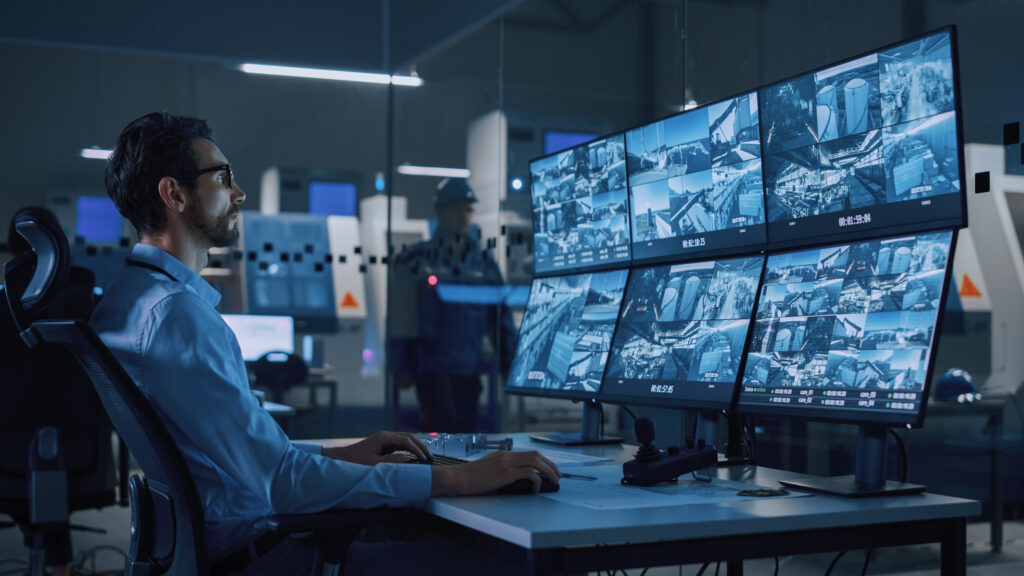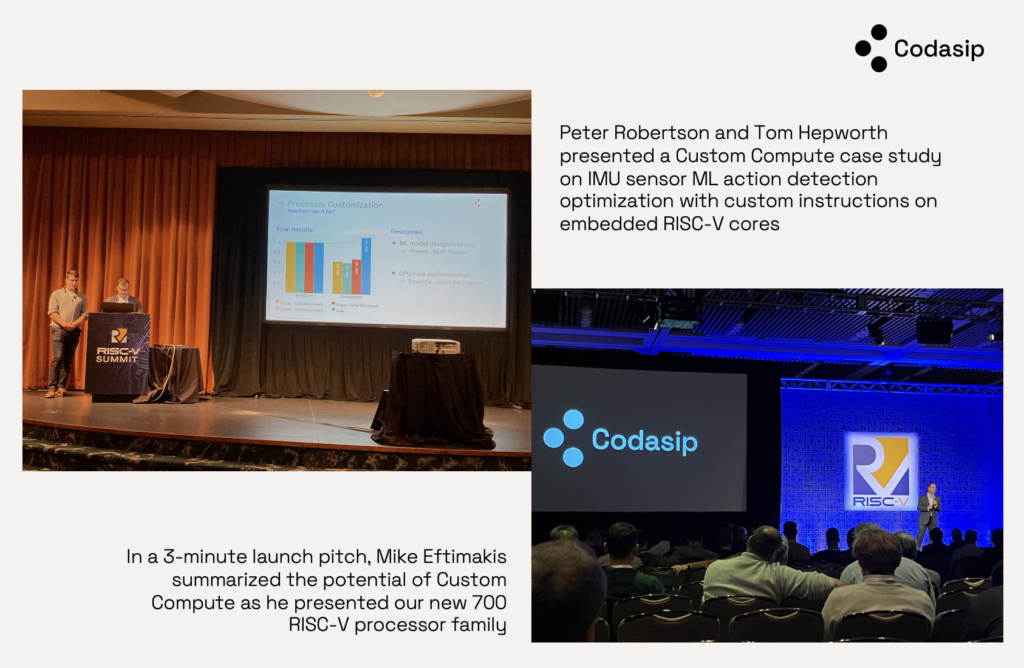TELXAI needed to develop a way of securing the hardware within their surveillance cameras. They use 4G and 5G networks for video streaming, and wanted to develop multiple levels of digital security to be able to show customers that video data is securely handled. This included finding a way to securely implement video analytics using a convolutional neural network (CNN) – a type of machine learning designed to imitate human vision.
A Denial-of-Service (DoS) attack that takes one camera offline from the network has the potential to be replicable wherever that model of camera is deployed, introducing a risk for the hardware vendor and the company’s customers. A DoS attack can reduce the availability of information about all the premises that the camera has been monitoring, impacting the customers’ network physical security. But, there is also the financial impact for the vendor, as they can potentially lose business once it becomes common knowledge that a camera was susceptible to such an attack.
Building security into the hardware architecture is one solution, which is what attracted the TELXAI team to be part of the Digital Security by Design (DSbD) programme.
Why choose CHERI/Morello for real-time video streaming?
The Morello evaluation board designed by Arm is a real-world test platform for the capability hardware enhanced RISC instructions (CHERI) architecture developed by the University of Cambridge and SRI International. It is the first hardware implementation of DSbD technology, and could eliminate whole classes of possible exploits, significantly reducing the ability of bad actors to capture user data, take over machines, or shut down critical systems. The main protection that CHERI/Morello provides is ensuring that unrestricted data reading and writing are prevented, to defend against DoS attacks. It can also prevent unauthorised access to stored security keys, such as for TELXAI’s encrypted video stream.
Compiling and running OpenCV on the Morello board
TELXAI was able to compile and run a significant part of their code base within CheriBSD, including OpenCV (a computer vision and machine learning software library that accelerates the use of machine perception). The need to rewrite some of their code base also delivered a tangential benefit – improvements they made during the process have already been pushed straight into their main application.
“We expected it to be a more challenging project than it was, although it did take time and effort to learn the system and bring across capabilities built on other programs. But we were provided with fantastic support by Digital Catapult and the University of Cambridge. The documentation and the introductory tutorials were extremely helpful, and the one-to-one sessions helped us solve problems and pointed us in the right direction.”
Eleanor Wright, CEO TELXAI
Simulating secure video streaming and object detection
The team used an internet-enabled camera to provide a video stream (as CHERI/Morello is still in development, the right camera drivers are not available yet). This was captured, decoded and inference run on the video in real-time. The output labels were written to file, and the video stream was annotated with the output from the CNN within CheriBSD to perform real-time object detection. The results were then presented on a remote machine that emulated the TELXAI camera solution.
Hardware-based security makes the code base easier to maintain
DSbD has enabled TELXAI to demonstrate to end users how they can add multiple levels of data security to their surveillance cameras. Once there is a commercial offering of CHERI based hardware, it will be easier to see the potential impact on future projects, but the team at TELXAI already believes it could be substantial.
The impact of CHERI on industry as a whole could be significant, especially where companies are largely using a historic code base with lots of open source projects. Being hardware-based, CHERI simplifies security by making the code base simpler, which makes it easier to maintain.
“The outcomes achieved through the funding and support of DSbD have added significant value to TELXAI’s growth strategy, and a great deal has been learned through the programme.”
Eleanor Wright, CEO TELXAI
About TELXAI
TELXAI delivers 4G and 5G-enabled surveillance cameras with secure video transmission and AI-driven video analytics at the edge – where data is being collected. TELXAI cameras autonomously detect and communicate events with multiple control points, and offer advanced surveillance capabilities while reducing backend infrastructure requirements.





